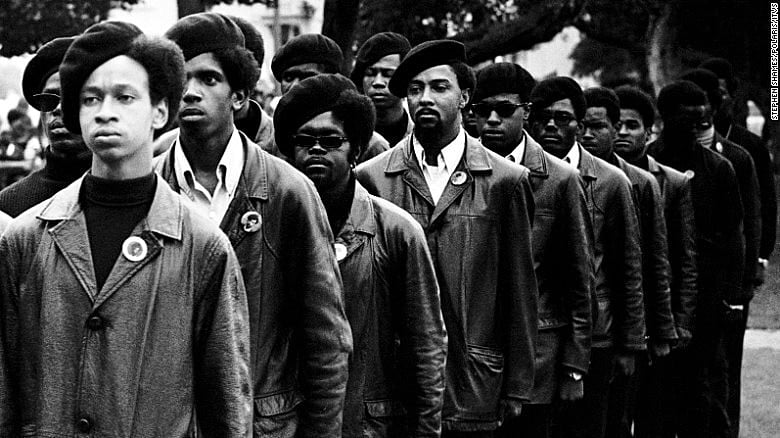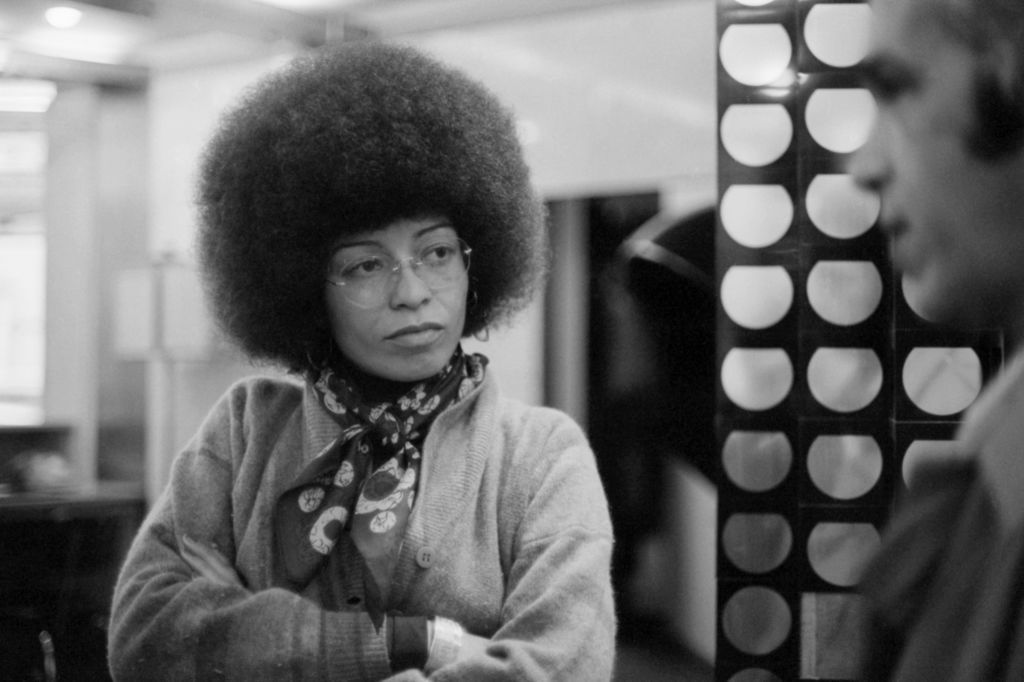The Black Panther Party (BPP), often simply called the Black Panthers, was one of the most influential and controversial political organizations in 20th-century American history. Founded in 1966, the Black Panthers sought to combat police brutality against African Americans and to promote racial justice, economic equality, and social reform. Over time, the party developed into a national force, establishing community programs that left a lasting legacy in the United States.
In this article, we will explore the origins, objectives, key activities, challenges, and enduring impact of the Black Panther Party.
Origins of the Black Panther Party
The Black Panther Party was founded in October 1966 in Oakland, California, by Huey P. Newton and Bobby Seale. Both men were college students deeply influenced by the civil rights movement, the writings of Malcolm X, and the struggle against police violence in African American communities.
Initially called the “Black Panther Party for Self-Defense,” the organization’s name and symbol—a black panther—were inspired by a voting rights campaign in Lowndes County, Alabama, where the image of a black panther had been used as a political symbol to represent strength and resistance.
The founders’ primary goal was to monitor and challenge police brutality in Oakland. They organized armed “patrols” that would observe police officers during arrests or interactions with African Americans, ensuring that civil rights were not violated. The legality of carrying firearms in public under California law at the time made this tactic possible, although it was deeply controversial.

The Ten-Point Program
The Black Panther Party developed a formal platform known as the Ten-Point Program, which outlined the organization’s demands and beliefs. This manifesto called for:
Freedom and the power to determine the destiny of the Black community.
Full employment for African Americans.
An end to the robbery of the Black community by capitalists.
Decent housing fit for human beings.
Education that exposes the true history of African Americans.
Exemption from military service for African Americans.
An immediate end to police brutality and the murder of Black people.
Freedom for all Black men held in federal, state, county, and city prisons.
Fair trials by a jury of peers for all African Americans.
Land, bread, housing, education, clothing, justice, and peace.
This program became the ideological foundation of the BPP and influenced much of its activism.
Community Programs: “Survival Pending Revolution”
Contrary to the popular portrayal of the Black Panthers solely as a militant group, one of the organization’s most significant and enduring contributions was its community service programs. The Panthers described these efforts as “Survival Programs Pending Revolution.”
Among the most notable of these initiatives was the Free Breakfast for Children Program, which began in Oakland in 1969. This program provided thousands of children with free meals before school, helping to address food insecurity and promote educational success. The success of this program influenced the eventual implementation of federally funded school breakfast programs in the United States.
Other community programs included:
Free medical clinics that offered health care services and screenings.
Educational classes on politics, economics, and Black history.
Clothing drives and transportation assistance for families of incarcerated individuals.
The establishment of the Sickle Cell Anemia Research and Testing Program, raising awareness of a disease that disproportionately affects African Americans.
These initiatives demonstrated the Panthers’ commitment to improving the material conditions of Black communities and countered the media’s focus on their armed self-defense activities.
The Role of Women in the Black Panther Party
Women played a crucial role in the Black Panther Party, accounting for approximately two-thirds of its membership by the early 1970s. Prominent figures included Elaine Brown, who served as the party’s chairperson from 1974 to 1977, and Kathleen Cleaver, the party’s first Communications Secretary and a vocal advocate for gender equality within the organization.
Women in the BPP led many of the community programs and organized political education classes, while also challenging sexism both within the party and in society at large. Their leadership was instrumental in broadening the BPP’s focus from armed resistance to comprehensive community engagement.
Government Repression: COINTELPRO and the Decline of the BPP
The Black Panther Party faced significant opposition from the U.S. government, particularly through the Federal Bureau of Investigation’s (FBI) Counterintelligence Program (COINTELPRO). Launched under FBI Director J. Edgar Hoover, COINTELPRO aimed to surveil, infiltrate, discredit, and neutralize political organizations deemed subversive, with the BPP as one of its primary targets.
Tactics used by COINTELPRO against the Panthers included:
Infiltration by informants and provocateurs.
Dissemination of false information to sow internal divisions.
Surveillance and harassment of members.
Arrests on often dubious charges.
One of the most notorious incidents linked to government repression was the killing of Fred Hampton, the charismatic chairman of the Illinois chapter of the BPP, in a police raid in Chicago on December 4, 1969. Subsequent investigations revealed that the FBI had played a role in planning the raid and had an informant within the party.
Combined with internal conflicts, legal challenges, and a decline in public support, government repression contributed significantly to the disintegration of the Black Panther Party in the late 1970s.
The Global Impact of the Black Panther Party
Despite its relatively brief existence—the national organization effectively disbanded by the early 1980s—the Black Panther Party’s influence extended well beyond the United States.
Internationally, the BPP inspired the formation of similar groups, such as the British Black Panthers in the United Kingdom and the Australian Black Panther Party, which advocated for the rights of Indigenous Australians. These organizations adapted the Panthers’ strategies to local struggles against racism, colonialism, and police brutality.
Moreover, the BPP’s emphasis on self-determination, armed self-defense, and community programs influenced later activist movements, including those advocating for immigrant rights, LGBTQ+ rights, and economic justice.
The Legacy of the Black Panther Party
Today, the legacy of the Black Panther Party is the subject of renewed scholarly and popular interest. While earlier narratives often portrayed the Panthers solely as a violent, extremist group, contemporary analyses emphasize the breadth of their contributions to social justice, public health, and political consciousness.
The BPP’s early recognition of systemic racism, police violence, and economic inequality resonates strongly in the 21st century, particularly amid the rise of movements like Black Lives Matter (BLM). Many BLM activists acknowledge the historical groundwork laid by the Panthers in advocating for racial justice and community empowerment.
Additionally, the community-based health and education models pioneered by the BPP have influenced public policy and grassroots activism to this day.
Notable Members and Cultural Representation
Besides Huey Newton and Bobby Seale, other notable Black Panther members included:
Angela Davis, a political activist and scholar associated with the party’s ideology, though never an official member.
Fred Hampton, whose organizing and leadership in Chicago made him a key figure in the BPP.
Assata Shakur, a former member of the Black Liberation Army, which had roots in the BPP.

The cultural impact of the Black Panthers is evident in music, film, literature, and fashion. The imagery of leather jackets, berets, and raised fists has become iconic symbols of resistance and empowerment.
Recent works such as the film “Judas and the Black Messiah” (2021), which chronicles the life and assassination of Fred Hampton, have brought the story of the Black Panther Party to new audiences, sparking discussions about civil rights, law enforcement, and social justice.
Conclusion
The Black Panther Party’s complex history reflects both the possibilities and challenges of revolutionary activism in the United States. Emerging from a period of intense racial and political turmoil, the BPP advocated for a radical reimagining of American society, grounded in racial equality, economic justice, and community empowerment.
While the organization no longer exists, its ideas, programs, and legacy continue to inspire activists and scholars around the world. The story of the Black Panthers remains a testament to the enduring struggle for justice and the power of organized resistance in the face of systemic oppression.
